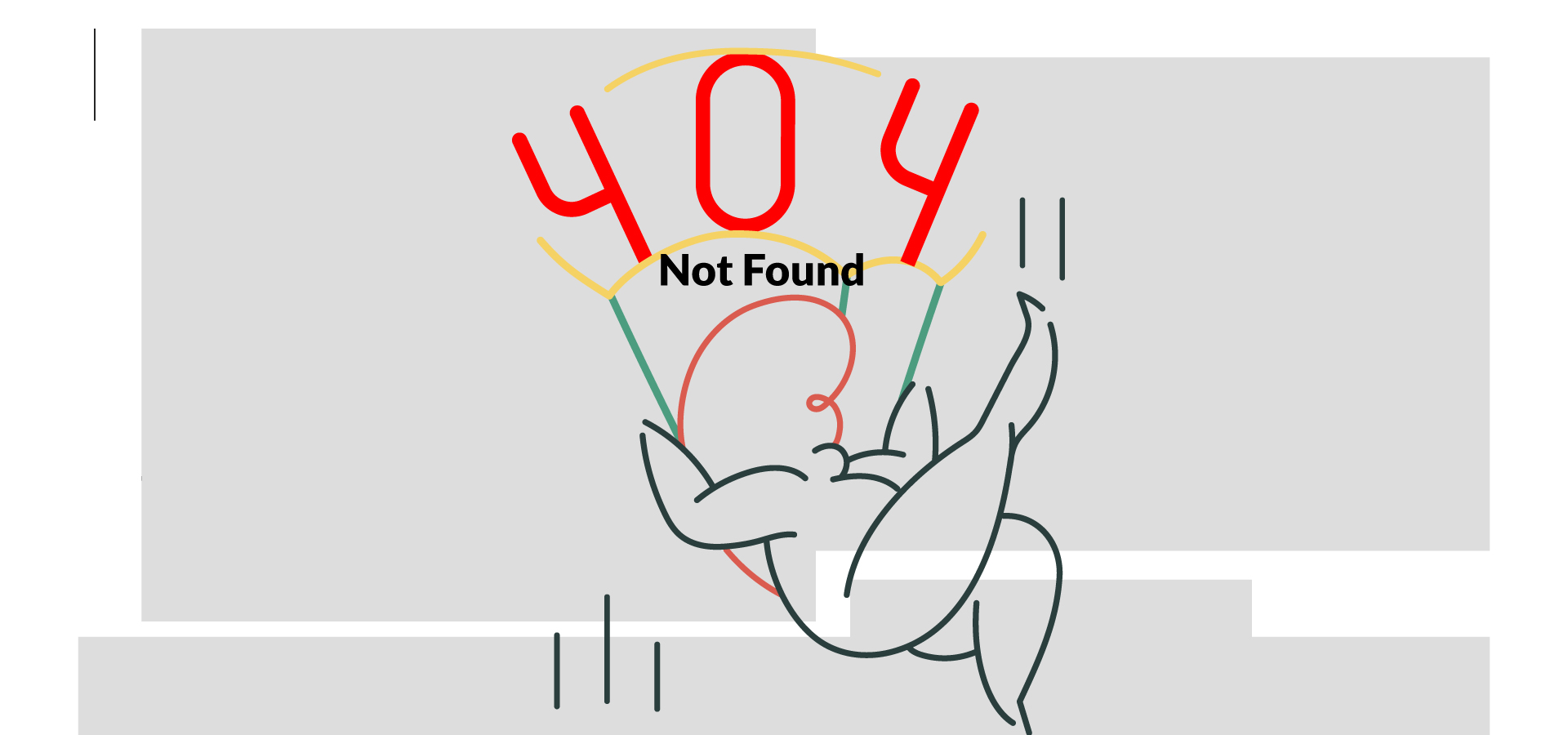Have you ever clicked a link and seen a message like “404 Not Found”? What does it mean 404 Page Not Found? You’re not the only one. This is a familiar website problem. It may look small but can cause bigger issues if not fixed.
Even a few broken pages can make your site look bad, confuse visitors, and lower your rank on search engines. It is essential to understand 404 errors, what they are, why they matter, and how to fix or avoid them.
What Is a 404 Error?
A 404 error appears when someone tries to visit a page that isn’t there. The website is working, but that one page can’t be found.
- “404 Page Not Found”
- “The page you are looking for might have been removed.”
- “We didn’t find that page.”
This usually happens when a link points to a page that’s been deleted, moved, or mistyped.
Why 404 Errors Matter
A few broken links are okay, but can cause problems if they are not fixed. Here’s why they matter:
Poor User Experience: When visitors land on a dead page, they’re more likely to leave your site out of frustration. This may increase your site’s bounce rate and reduce conversions.
SEO Issues: Search engines crawl websites to find and rank pages. If they keep hitting 404 errors, they may see your site as outdated or poorly maintained, which can lower your search visibility.
What Causes 404 Errors?
Here are some common reasons:
- A page was deleted or moved, but no redirect was set up
- There’s a typo in the web address (URL)
- Links inside your site (like in menus or footers) are broken
- Other websites link to pages that no longer exist
- Your website structure or system changed, but the links weren’t updated
How to Find 404 Errors
You don’t have to wait for someone to tell you about a broken link. Here are simple ways to find them:
- Google Search Console shows pages that don’t work
- Tools like Screaming Frog or SEMrush check your site for broken links
- Recheck your site yourself to check links, especially after making changes
How to Fix and Prevent 404 Errors
- Use 301 Redirects: When you delete or move a page, add a 301 redirect to send visitors to the right page. This keeps your site easy to use and helps your SEO.
- Update Internal Links: Any time you change a URL or move content, ensure all internal links on your site point to the right place.
- Check your links: A small mistake can break a page. Always check the link before posting.
- Make a good 404 page: If a page is missing, show a custom 404 error page with helpful links or a search box so people don’t leave your site.
Best Practices to Keep Errors in Check
- Scan for broken links regularly using automated tools
- Avoid changing page URLs unless necessary
- Always create redirects when removing or renaming a page
- Monitor backlinks to your site and request updates from other site owners if needed
- Test your website after every major update or redesign
404 errors are common, but they don’t have to hurt your site. You can fix them by updating links, setting up redirects, and making a helpful 404 page. Before making changes to your site, check for any 404 errors.





